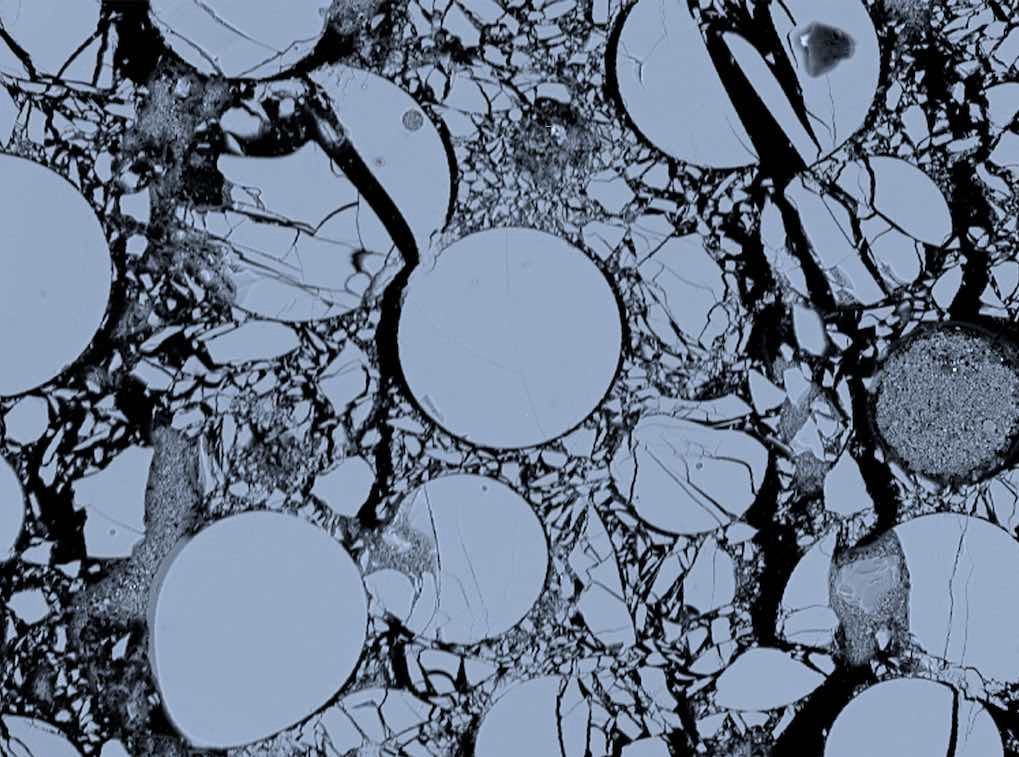Soundtracks for geoScience: Friction
Friction EP (Termote and Mair) is a sonic exploration of the frictional processes at play as geological faults (breaks in the Earth) slide past each other at depth in the Earth’s crust. Microscopic processes occurring on tiny roughnesses or asperities play a huge role in determining Earthquake slip. Listen directly in Soundcloud or Bandcamp or using the links below.
This soundtrack is inspired by laboratory friction experiments and immersive sound design. It forms part of a pilot study Creating soundtracks for geoScience: Exploring the use of non-visual tools for accessible or augmented learning in geoScience details here also summarised in a paper download pdf here.
This work is a collaboration between Elliot Termote (sound design), Karen Mair (geoscience and sound recording) and Matteo Demurtas (geoscience). The work was supported by the Centre for Integrated Earth Science Education, (iEarth), a Norwegian Centre of Excellence for Education.
Stable Sliding
Nothing and everything all at once. During stable sliding, the strength of a fault on the large scale is fairly constant but at the microscopic scale, thousands of tiny grains are interacting - rolling, grinding, jostling and breaking up.
Stick Slip
Repetitive stick slip is a dramatic expression of unstable sliding and a model for how Earthquakes work. Here we hear the small scale processes associated with three cycles of: gradual build up - rapid release - quiet.
Healing
Between major slip events, frictional healing occurs on faults as microscopic contacts deform and grow. These welding-like processes increase with time so the longer a fault sits and ‘waits’ the stronger it becomes and the larger earthquake occurs when it finally slides. Here, two slide-hold-slide experiments simulate sliding, healing during the ‘hold’ and release when sliding restarts. Release is much larger after the second longer hold, where more healing and strengthening has had the chance to occur.
Melting
Frictional melts form when faults slip rapidly, generating enough frictional heating that their walls melt and solid rock turns to a thick liquid. Rock fracture, flash melting at tiny protrusions, injection of melt into side fractures and dissolving of rock fragments occur along the way. Initially this lubricates the fault, dramatically reducing friction and allowing slip to progress more easily. However, as the melt cools it solidifies acting as a brake to slow or stop sliding. Pseudotachylytes (cooled frictional melts) are thought to be the geological signature of ancient earthquakes.
Links
- Elliot Termote Sound Design
- Soundcloud
- Bandcamp
- iEarth, Centre for Integrated Earth Science Education
